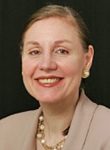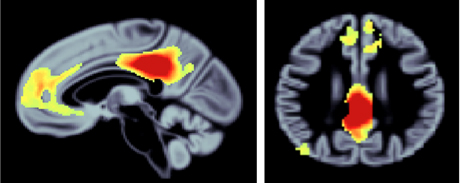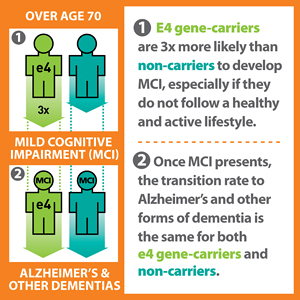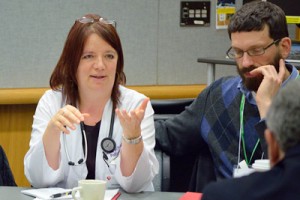By Karene Booker
Reprinted from Cornell Chronicle, February 19, 2014

A low-cost, six-week program that teaches people how to manage pain and stay active has proven to reduce arthritis pain and disability, yet few of the nation’s 50 million adult arthritis sufferers have used it. By enhancing the program’s content and delivery with the help of community partners, Cornell researchers report that attendance improved dramatically, and participants were significantly more likely to stay in the modified program compared to the original, while experiencing the same physical and mental health improvements.
“Effective health programs may not reach people who need them due to factors such as culture, language, age or income, but changing programs to meet the needs of new target populations can make a dramatic difference,” said study co-author Karl Pillemer, professor of human development in Cornell’s College of Human Ecology.
The study, which was published in February in the Musculoskeletal Journal of the Hospital for Special Surgery (Vol. 10:1), focuses on the Arthritis Self-Management Program, also known as the Arthritis Self-Help Course.

“To our knowledge, this is the first controlled study to directly compare the effects of an adapted chronic disease self-management program with the original,” said co-author Dr. M. Carrington Reid, associate professor in geriatrics at Weill Cornell Medical College. He added that rigorously evaluating modified programs such as this one to ensure they still deliver the expected benefits is rare, but critical.
To modify the underutilized program, Reid, Pillemer and his colleagues collaborated with a team of staff from local agencies and senior centers, older adults and program instructors. The team incorporated nearly 40 enhancements suggested by program participants and instructors, such as adding in-class exercise practice and individual action plans to make use of local health programs, expanding information on healthy eating and weight management, and simplifying reading materials.
The adapted and original versions were tested with 201 older adults, with baseline data collected at the beginning, at program completion and 18 weeks later. While both groups experienced equivalent relief in pain, stiffness and perceived disability, attendance in the adapted program improved by 46 percent, and participants were 26 percent more likely to stay in the modified program than in the original.
That means that the modified program could have significantly more reach and impact, the authors say. Their findings not only underscore the value of involving local stakeholders in tailoring interventions to specific populations, but also the importance of conducting controlled experiments to quantify the results, they say. Furthermore, they add, their findings highlight the potential of relatively simple programs to help build self-efficacy for arthritis management and improve quality of life.
The study, “Measuring the Value of Program Adaptation: A Comparative Effectiveness Study of the Standard and a Culturally Adapted Version of the Arthritis Self-Help Program,” was also co-authored by graduate student Emily Chen and senior research associate Charles Henderson of Cornell, and Samantha Parker of Tulane University School of Medicine. It was supported in part by the National Institute of Nursing Research and the National Institute on Aging.
Karene Booker is an extension support specialist in the Department of Human Development.
Related Information:



![Biennial Urie Bronfenbrenner Conference [BCTR]](https://hdtoday.human.cornell.edu/files/2013/10/AgingConf1-1j2gh6j.jpg)









